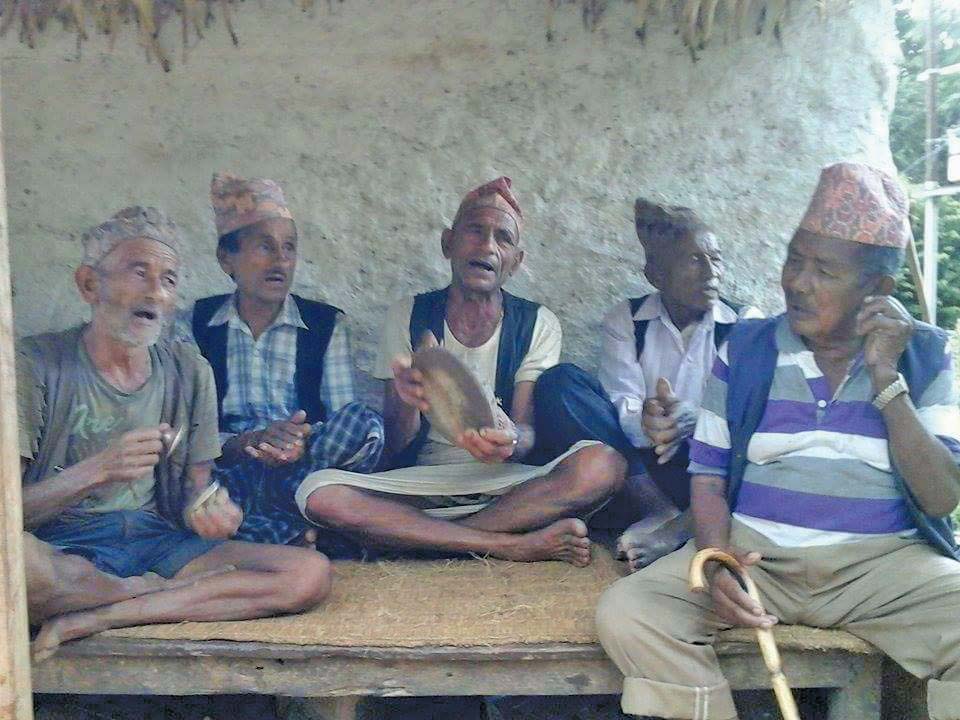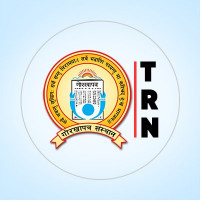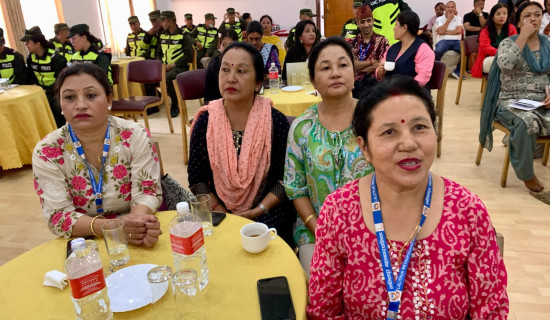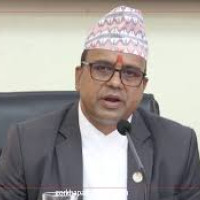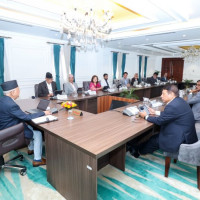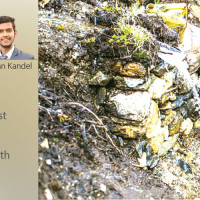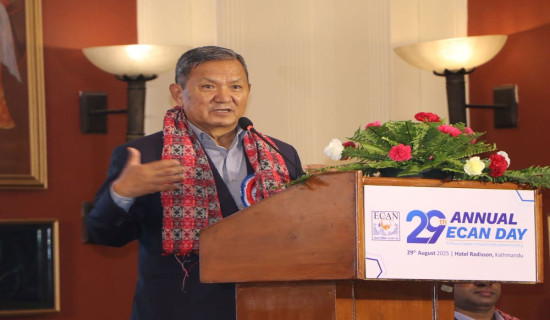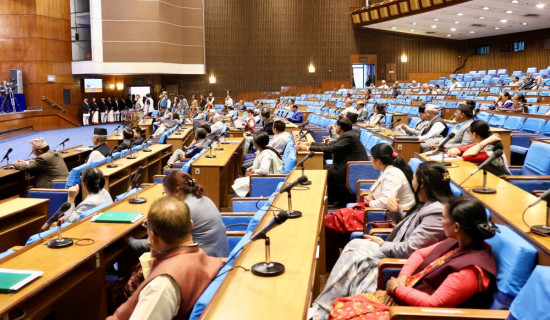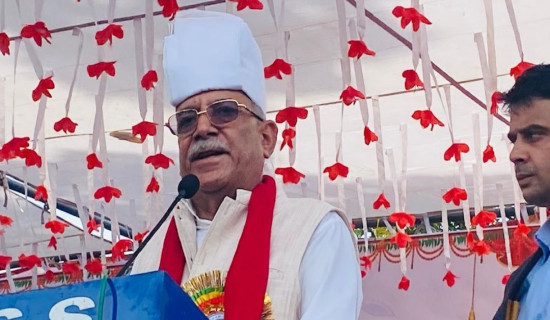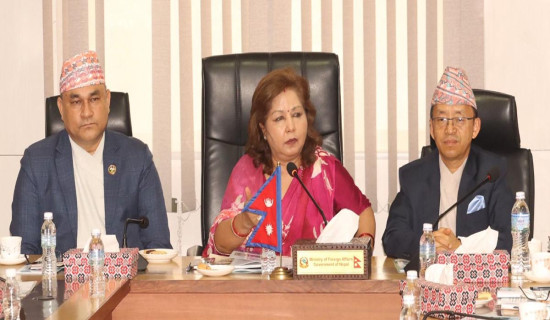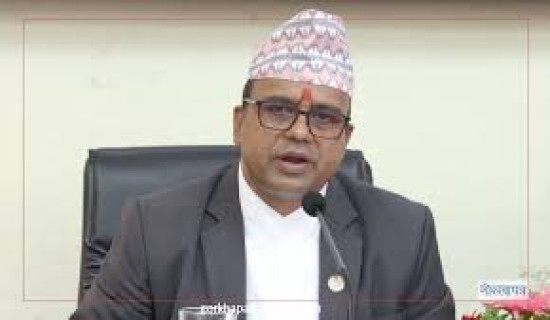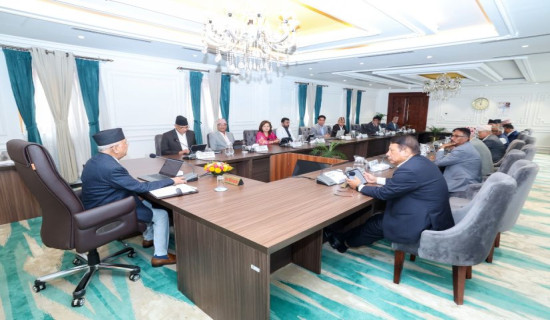- Saturday, 30 August 2025
Folk music “Gallailaure” on the verge of extinction
By Santosh Subedi
Pokhara, Aug. 7: During World War II, the British and Indian army officers used to set up camps in various villages, where they gathered the youth and recruited them into their army. Once the youth were recruited and taken away, the villagers would be in a state of both joy and sorrow.
The families and villagers would feel fear and sadness wondering whether the youth who had gone to serve a foreign army and become “lahures” would ever return home.
When the Lahures returned to their villages on their first leave, they used to gather at Rodhighar (singing, dancing spot in the Gurung community) and sing songs expressing their sorrows and pains. This form of song is called “gallailaure”, which would be related to the stories of World War II.
During that time it was customary to organise dancing and singing programmes to see off the Gallas (British or Indian Army officers) and the youth they recruited.
One of the song narrates a story that a Lahure who used to say he would not die had died.
These songs are sung in the Khyali Roila rhythm. The western parts of the country, including Huwas, Tribeni, Vasyaldada, and Syangja district are considered fertile lands for these songs. The people living there, especially the Brahmins and Chhetris, and the Magars and Gurungs usually tend to sing these songs in a long rhythm.
Folk music researcher Dr. Tulsi Pravas researched and produced the first folk film 'Gallailaure'. The film was also nominated for the Folk Film Festival a few years ago.
These songs were first studied by Pravas under the Nepal Music and Drama Academy. The folk film was made through his own research, writing, direction and production. Nowadays, no one sings songs in the Gallailaure dialect.
Pravas said, “No one sings it directly by going to the village. The young generation does not know how to sing it. Only a few old people could be heard singing it.”
He had conducted a six-month research on “Gallailaure”. “It was during the World War II that Gallailaure was coined.
It is also sung in a duet form in Rodhighar. “If you play this song with Khaijadi and Mujura, traditional Nepali instruments, it will be a memorable experience,” he said.
The Gallailaure song is sung in a single-syllable structure. This song, which is especially sung at midnight, is sung by the adults who gather together and sing songs of separation and love. “They sing it all night long, expressing their love and emotions. When they sing the songs, the people who listen to them also feel like crying. Most of the words in their songs are only about love. This is called tragedy in literature,” he said.
He explained that since the words of union and separation are sung while remembering the past, there is a sense of love present in the songs. “This song is also sung during farming. It is especially sung while weeding millet plants. That is why some people also call it “Bhadaure” song. In the Nepali month of Bhadau, the farmers weed millet in the village. It is customary to sing this song by making a long rhythm and pronouncing each syllable. Similarly, it is also sung as a couplet,” he said. His research showed that such songs have not been recorded as of yet.
He also said that it is disheartening that 'Gallailaure' is such a popular genre in Nepali society, but it is not researched enough. "If initiatives are not taken to collect and save this genre of song in time, a priceless treasure of the people will definitely be lost. It has become difficult to find more than one or two singers who are under the age of sixty," he said. “Since such a priceless treasure of Nepali folklore is now on the verge of extinction, the time has come for associations, institutions, individuals and the state itself to think seriously about this.”

